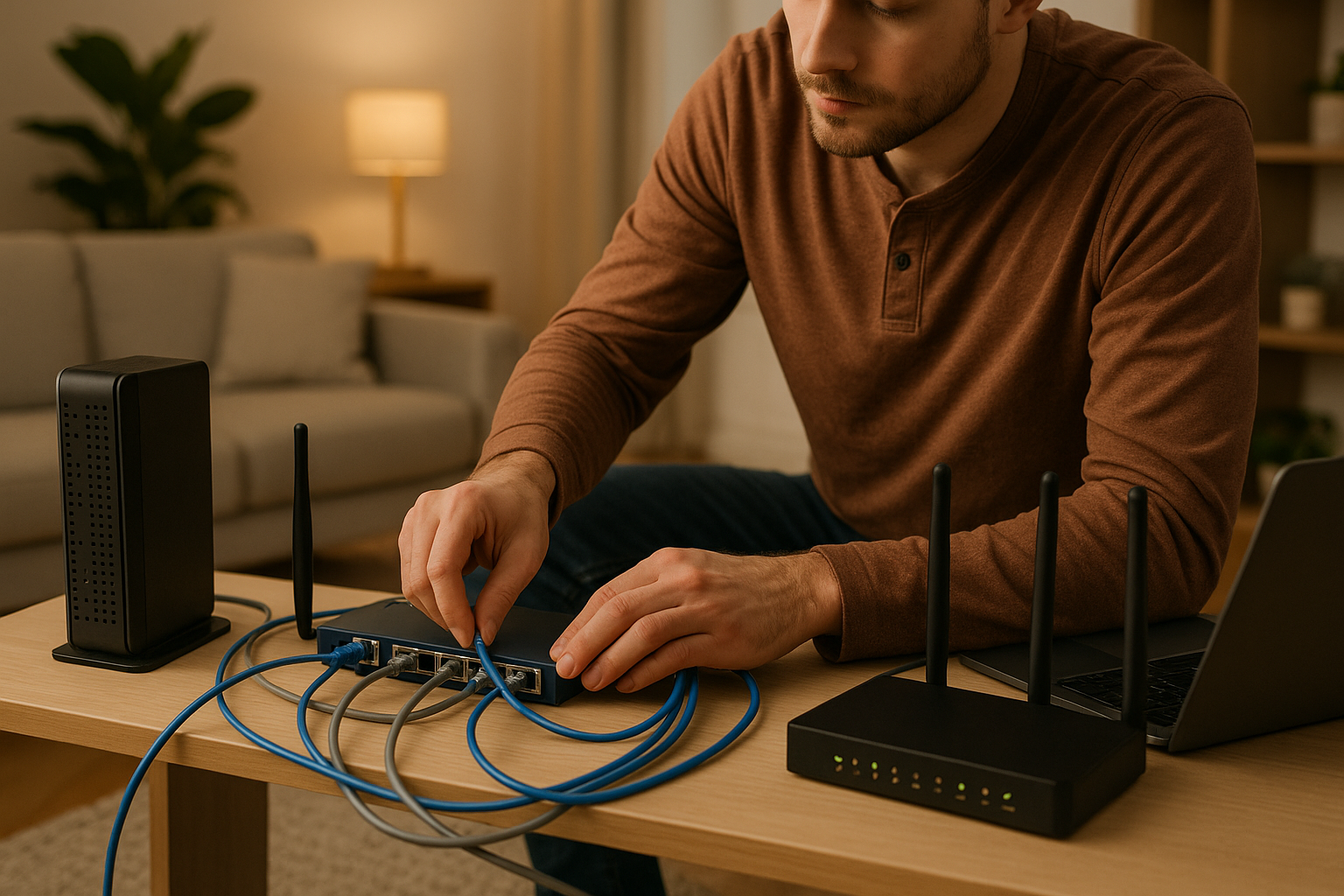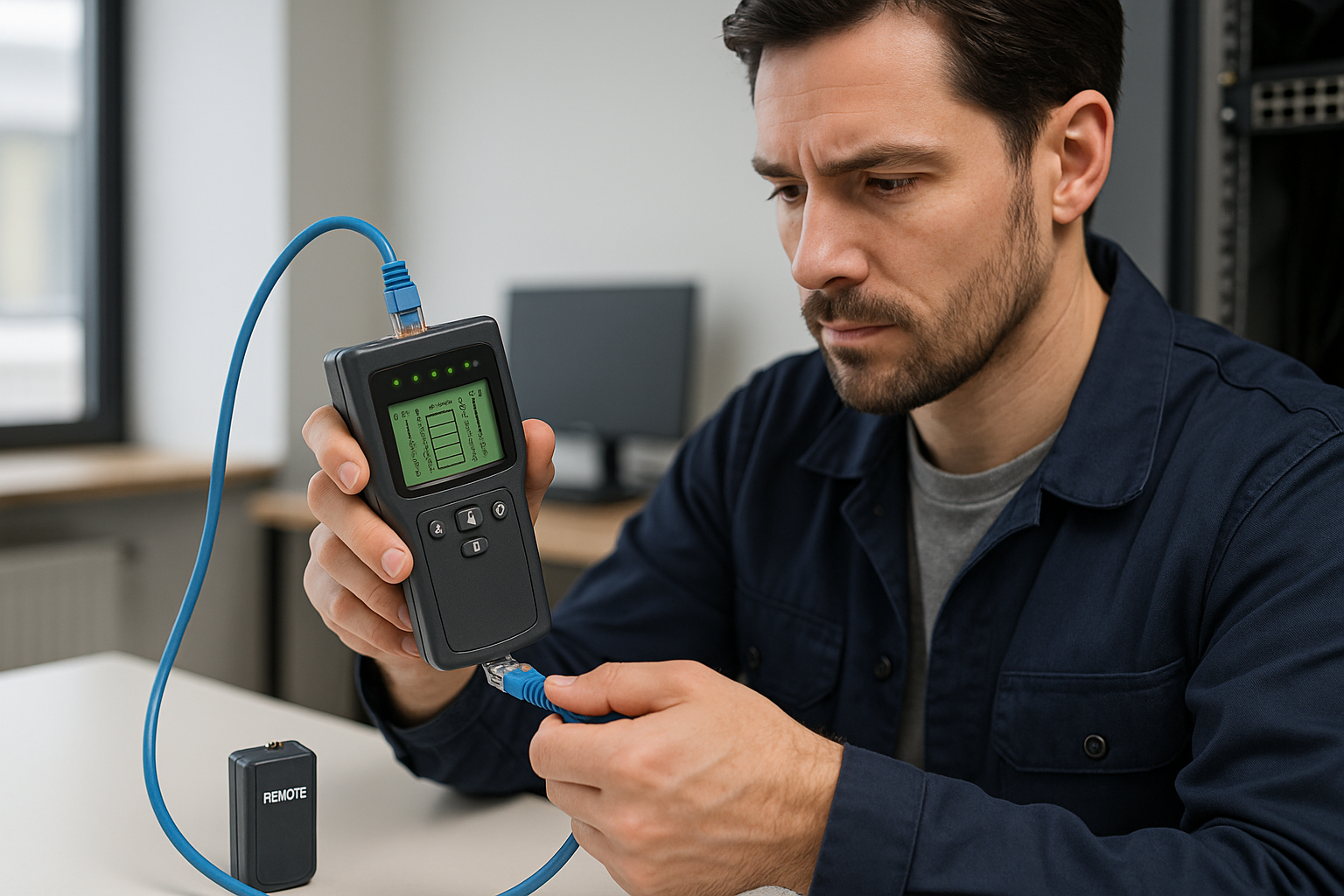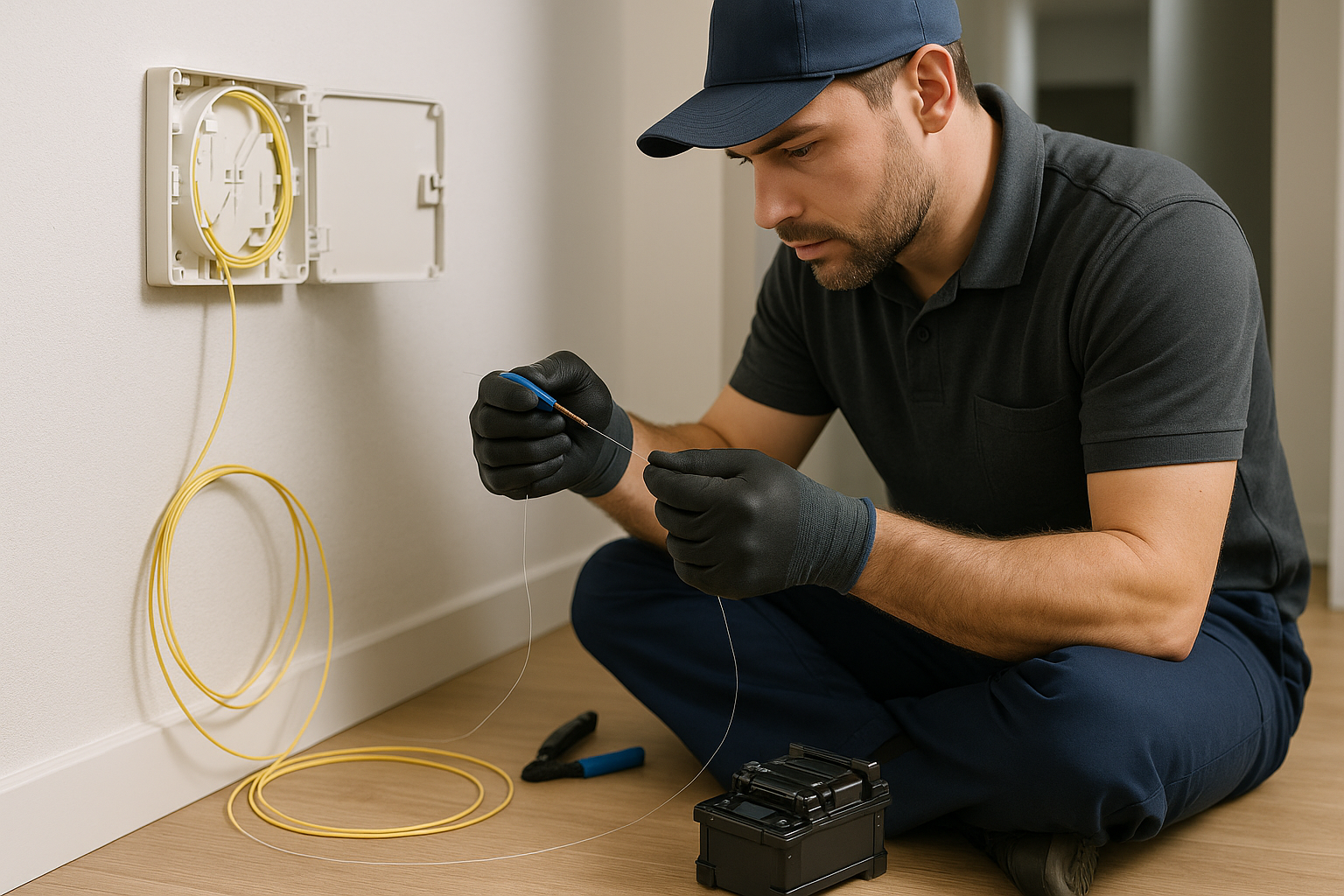What does MHz mean for a network cable?
- , by
- 2 min reading time

Network cables come in all shapes and sizes. Such a wide range is of course nice, but how do you know which one you need? There are several ways to find the perfect cable, because there are many factors involved. An example of making the right choice is to look at the bandwidth of the network cable, or in other words: the number of MHz.
Network cables come in all shapes and sizes. Such a wide range is of course nice, but how do you know which one you need? Bandwidth is a factor that many people consider when choosing the perfect network cable. But what exactly is a bandwidth? And what does "MHz" mean?
Megahertz: the bandwidth of your network cable
Enjoy Netflix, create a home network for super-fast WiFi or endless gaming: there are plenty of reasons to invest in good network cables . These network cables - also called UTP cables - not only come in different categories, but also differ in terms of, among other things, throughput speed and the so-called bandwidth.
For a network cable, there are two important aspects that determine the speed of data traffic: the number of megabits per second and the amount of Megahertz. Because that is what 'Mhz' stands for: Megahertz, also commonly called bandwidth. This Megahertz affects the speed of data processing, so many people also look at this when purchasing their cable. Because let's be honest: the faster your internet, the better.
The higher the number of MHz, the faster the data processing
But what exactly does such a bandwidth mean for a network cable? As mentioned earlier, the bandwidth affects the speed of data traffic; it tells you the maximum amount of data the network cable can process within a certain time (the number of megabits per second). Compare it, for example, with a straw: the wider the straw, the more you can drink in one go. So the higher the number of Megahertz, the more data the cable can process at once.
Difference in Megahertz between the different network cables
To give you an idea of ������the difference in megahertz between the various commonly used network cables, we have listed them below:
- UTP Cat5 has a bandwidth of 100Mhz and processes 100mbit/s
- UTP Cat5e��also has a bandwidth of 100Mhz, but processes 1,000mbit/s
- UTP Cat6 has a bandwidth of 250Mhz, and processes 1,000mbits/s just like the Cat5e
- UTP Cat6a and Cat7 all have the same transfer speed, namely 10,000 mbit/s. However, they have a difference in bandwidth.
- Cat6a has a bandwidth of 500Mhz
- Cat7 has a bandwidth of 1,000 MHz
What is striking is that the newer cables have increasingly better bandwidths; the data processing is the same as that of Cat6a and Cat7, namely 10,000 mbit/s, but the number of MHz is a lot higher! - UTP Cat7a��has a bandwidth of 1,200Mhz and processes 10,000mbit/s
- UTP Cat8��has a bandwidth of 2,000Mhz and processes 40,000mbit/s
These cables are so fast that they are actually only useful in data centers. They are simply too fast for home or office use.
Tags
Related categories
Check out our other blogs
-

, by Jarno Heideman How do you easily set up a home network yourself?
-

, by Jarno Heideman What are the color codes of UTP cables and how do you use them correctly?
-

, by Jarno Heideman How do you test a UTP cable without making mistakes?
-

, by Jarno Heideman How do you connect fiber optic yourself without any hassle at home?



